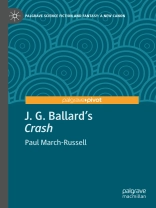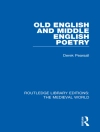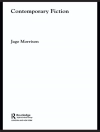J.G. Ballard’s Crash (1973) remains a byword for transgression in literature: declared ‘too disgusting for words’ upon publication. The basis for David Cronenberg’s equally provocative film, Crash has been regarded variously as the apotheosis of New Wave science fiction, the ur-source for postmodernism, a transhumanist manifesto, and a pornographic masterpiece in the tradition of Sade and Bataille. This revisionist account, based on previously unexplored archive material, shatters the myths that have accrued around this tantalising work whilst also revealing why it continues to inspire writers, artists, musicians and filmmakers in the 21st century. The book vividly reconstructs how Ballard came to write Crash, the cultural landscape in which it was written, the effect of its reception, and the toll it took on its author. New perspectives reveal how Crash reworks surrealist anthropology, evolutionary theory, and pornographic imagery in order to expose a society addicted to the abuse of power, the silencing of others, and its own environmental destruction. As Ballard later admitted, he ‘must have been mad’ to write Crash.
表中的内容
1. Introduction: Crash and Canonicity.- 2. Reading Crash: The Making of a Modern Myth.- 3. Writing Crash: Modernism/Science Fiction/New Worlds.- 4. Rogue Anthropology: Crash, Surrealism, and The Independent Group.- 5. Vicissitudes of the Body: Cyborgs and Animots.- 6. Moral Pornograopy: ‘The Woman of the Future’.- 7. Conclusion: Crash and Petromodernity.
关于作者
Paul March-Russell is editor of Foundation: The International Review of Science Fiction and co-founder with Una Mc Cormack of the feminist imprint Gold SF. His previous books include The Short Story: An Introduction (2009), Modernism and Science Fiction (2015), and with Andrew M. Butler, Rendezvous with Arthur C. Clarke: Centenary Essays (2022).












